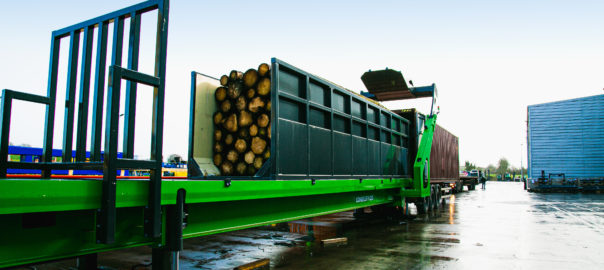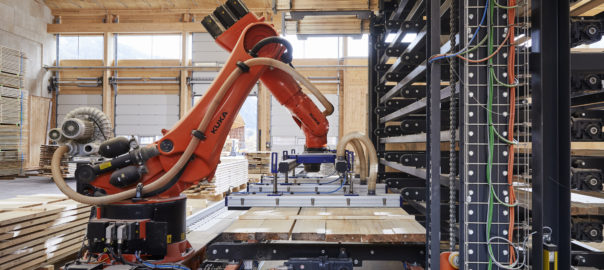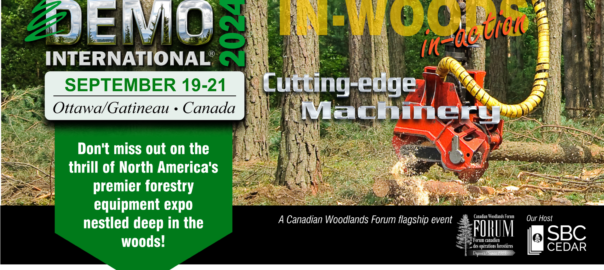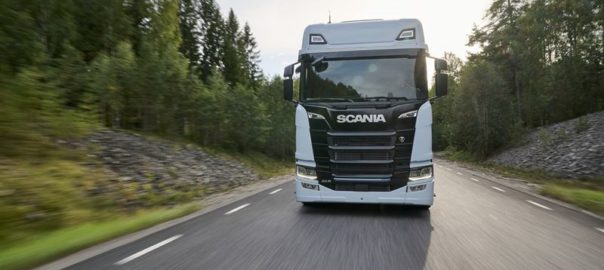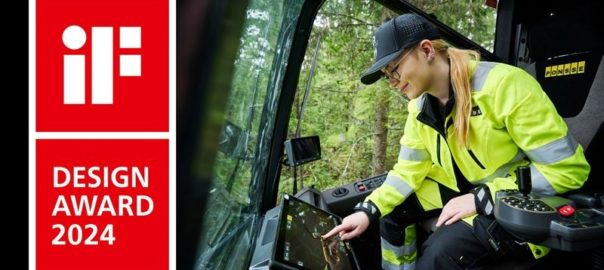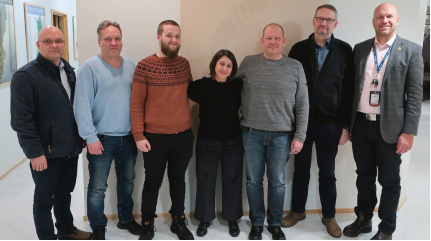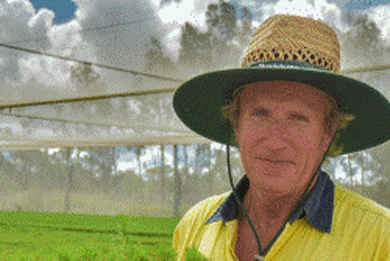The Lifting Equipment Engineers Association (LEEA) has moved products, inspection, and training to the front of its Global Lifting Awareness Day (GLAD) campaign.
As #GLAD2024 approaches on Thursday 18 July, LEEA is sharpening its focus on the importance of surrounding these three cornerstones of lifting with high quality.
GLAD is an established event where its members, manufacturers, and suppliers lead those sharing material that promotes safe and high quality load lifting across the world. Social media posts, videos, articles, and in-person activity are bound together by the hashtag, #GLAD2024.
Ross Moloney, CEO at LEEA, said: “It’s about the ongoing battle between cost and quality. We all know that buying decisions are made for a multitude of reasons, but we want people to make sure those choices are always based on quality. It is perhaps easy for some not to think there’s any difference in quality and that all equipment and services are the same; we’re saying this isn’t the case. It’s why we constantly refer to skills, standards, and high levels of competency. This is a specialist industry, where high quality is a minimum requirement.”
LEEA has already circulated three graphics based on high quality products, inspection, and training, all of which attach the trifecta to existing #GLAD2024 publicity. The message chimes with LEEA’s organisational vision to eliminate accidents, injuries, and fatalities, placing further emphasis on skills and employment, which had emerged as front-running themes when the fifth GLAD drive was launched.
Moloney added: “We are in a risky industry, and these are three key ways by which we can eliminate risk; accidents occur when these three things fail. Product matters, but because it was once compliant doesn’t mean it always will be, hence the need for ongoing inspection, and this must be conducted by a high quality individual, who has been trained to the highest standards.
“This is where the LEEA logo fits,” Moloney continued. “Joining our association means you become associated with high quality providers. Our members go through an audit where we help them to check and improve their processes and practices. And on an ongoing basis our members access training developed and devised by 1,000 members worldwide. We’re not making this content up ourselves — it’s written by the industry, for the industry. Above and beyond GLAD, it’s a clear market signal to end users: if you are involved in lifting, look for the LEEA logo.”
Moloney delivered a well-received presentation, centred on GLAD, to the Associated Wire Rope Fabricators (AWRF) Spring General Meeting in Nashville, Tennessee last month (April). It was a delegation united in understanding that there is no low-risk job in the lifting industry, and the entire global community must be trained and competent. Further, it is a sector that is offering work opportunities, especially to younger people looking to become trained and qualified.
“Skills in our industry pays the bills,” roared Moloney. “You get trained and qualified, and there are work opportunities in our high tech, high quality industry. A perception endures that lifting is all about heft and physicality, but our people fight gravity and do dangerous things. They all need to be trained and competent, so there are no unskilled occupations. We provide training and we strongly encourage end users to make sure that anyone they work with is trained and work ready. Look at our TEAM card initiative for evidence.”
Caption: Global Lifting Awareness Day 2024 — #GLAD2024 — will uphold high quality products, inspection, and training on 18 July.
To read more LEEA related posts click here.
Follow IFI on Twitter | LinkedIn | Instagram





